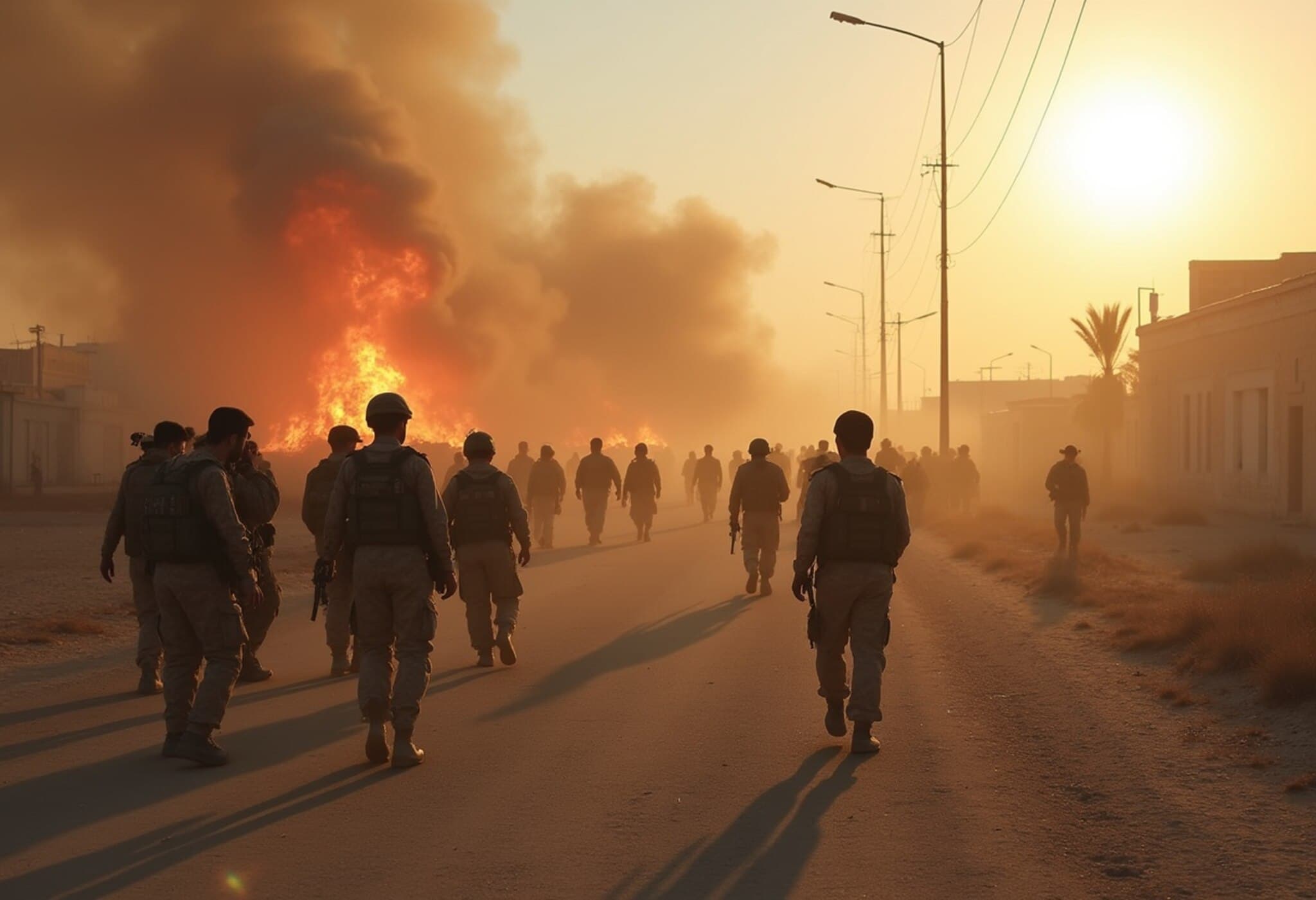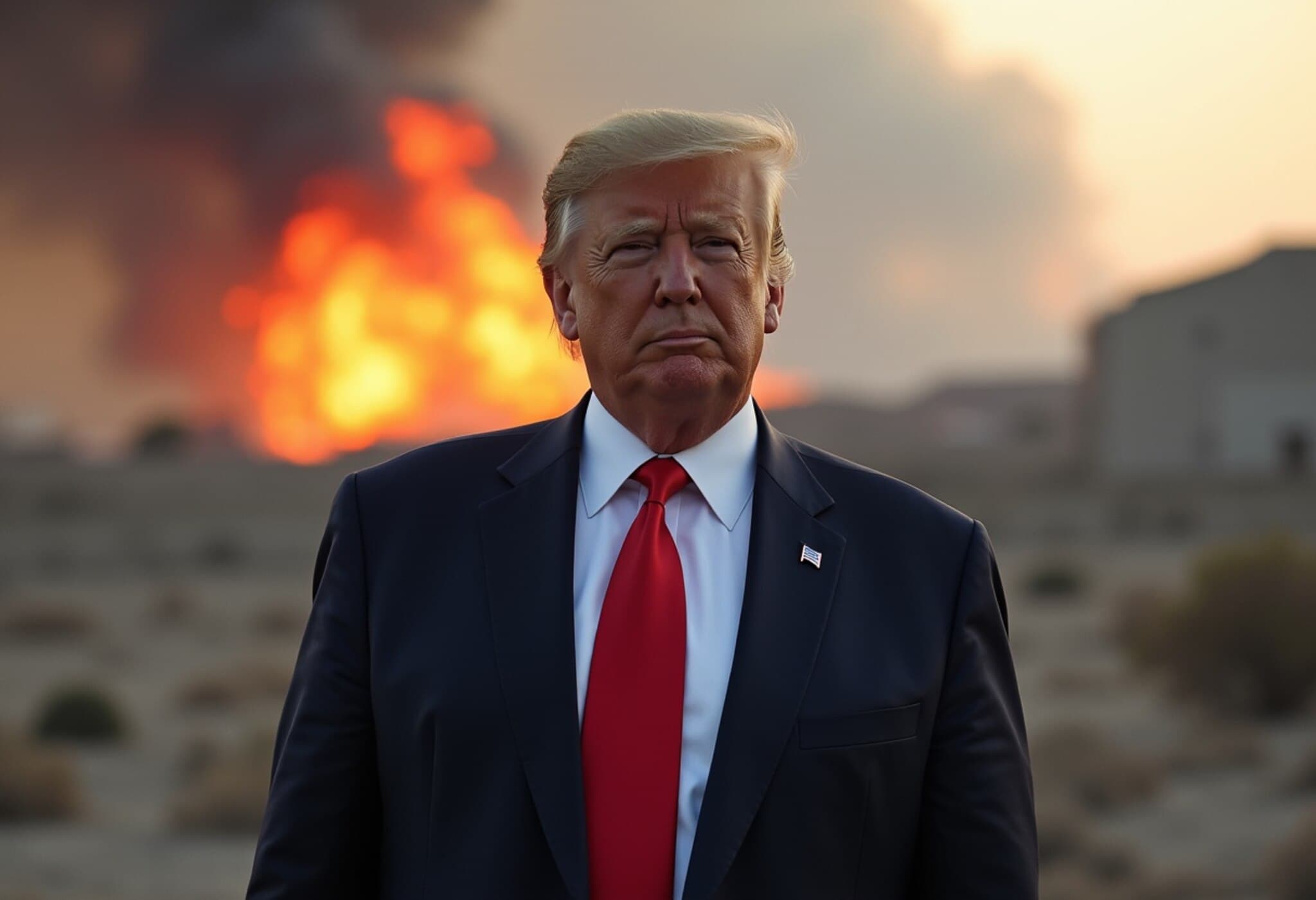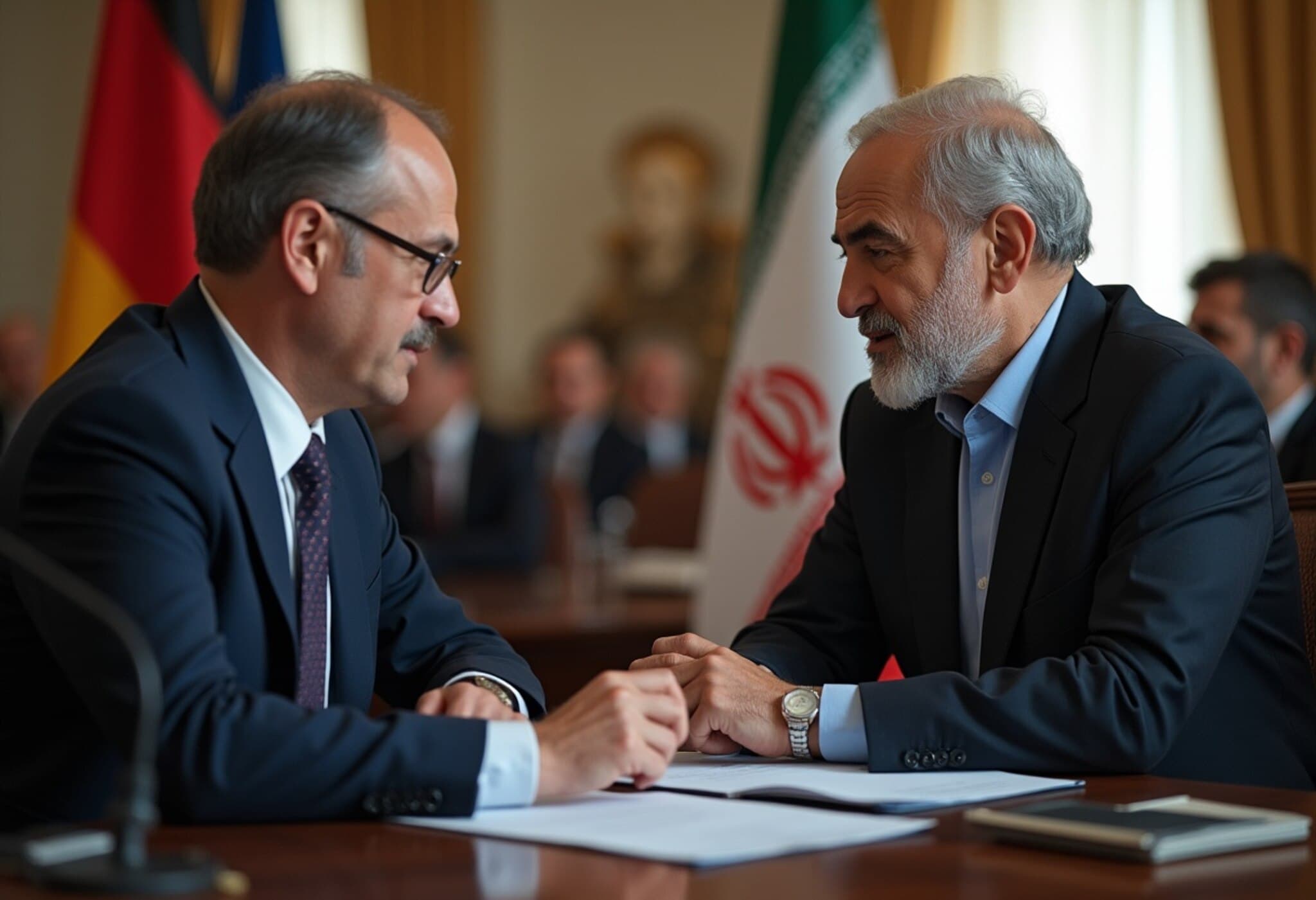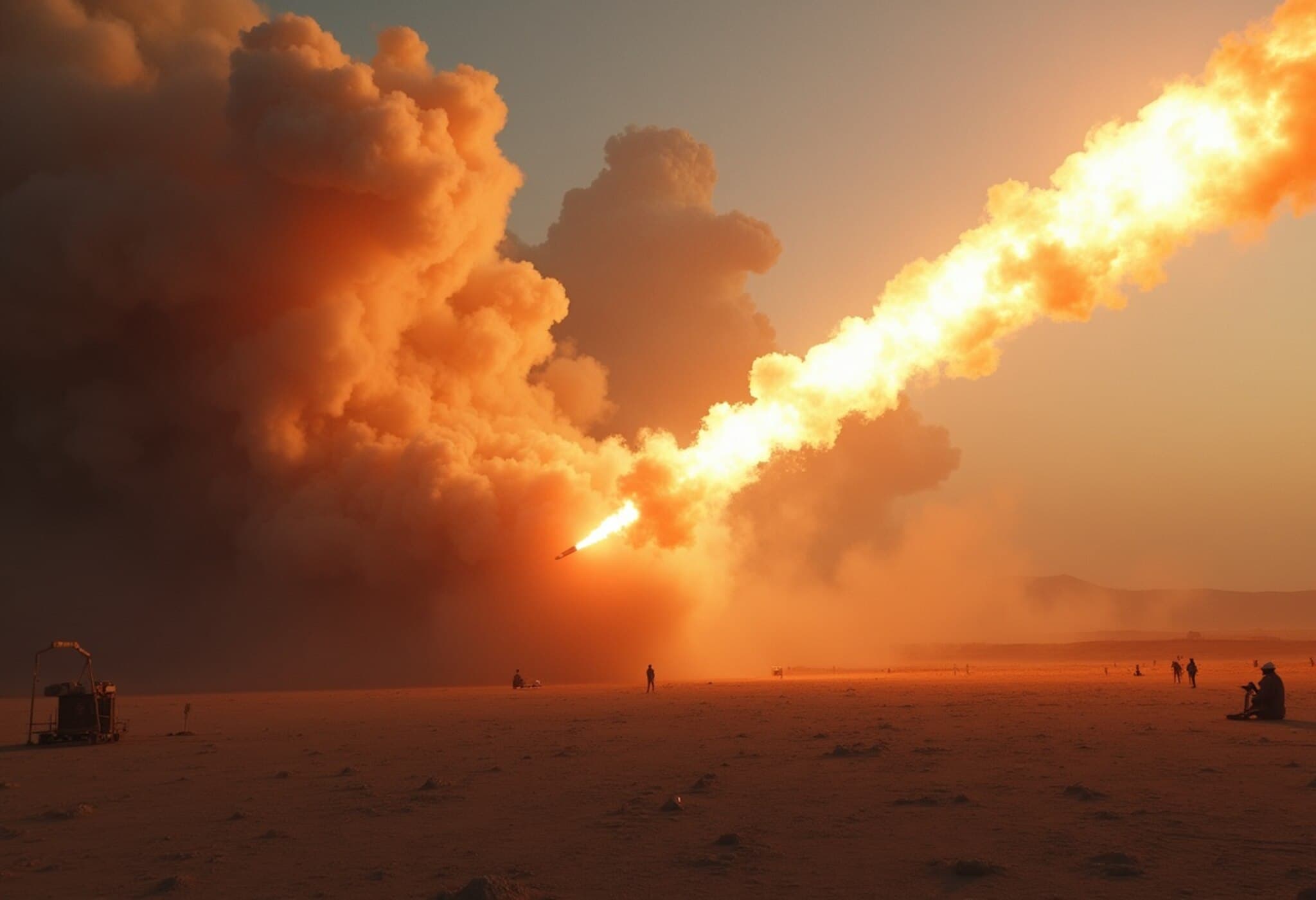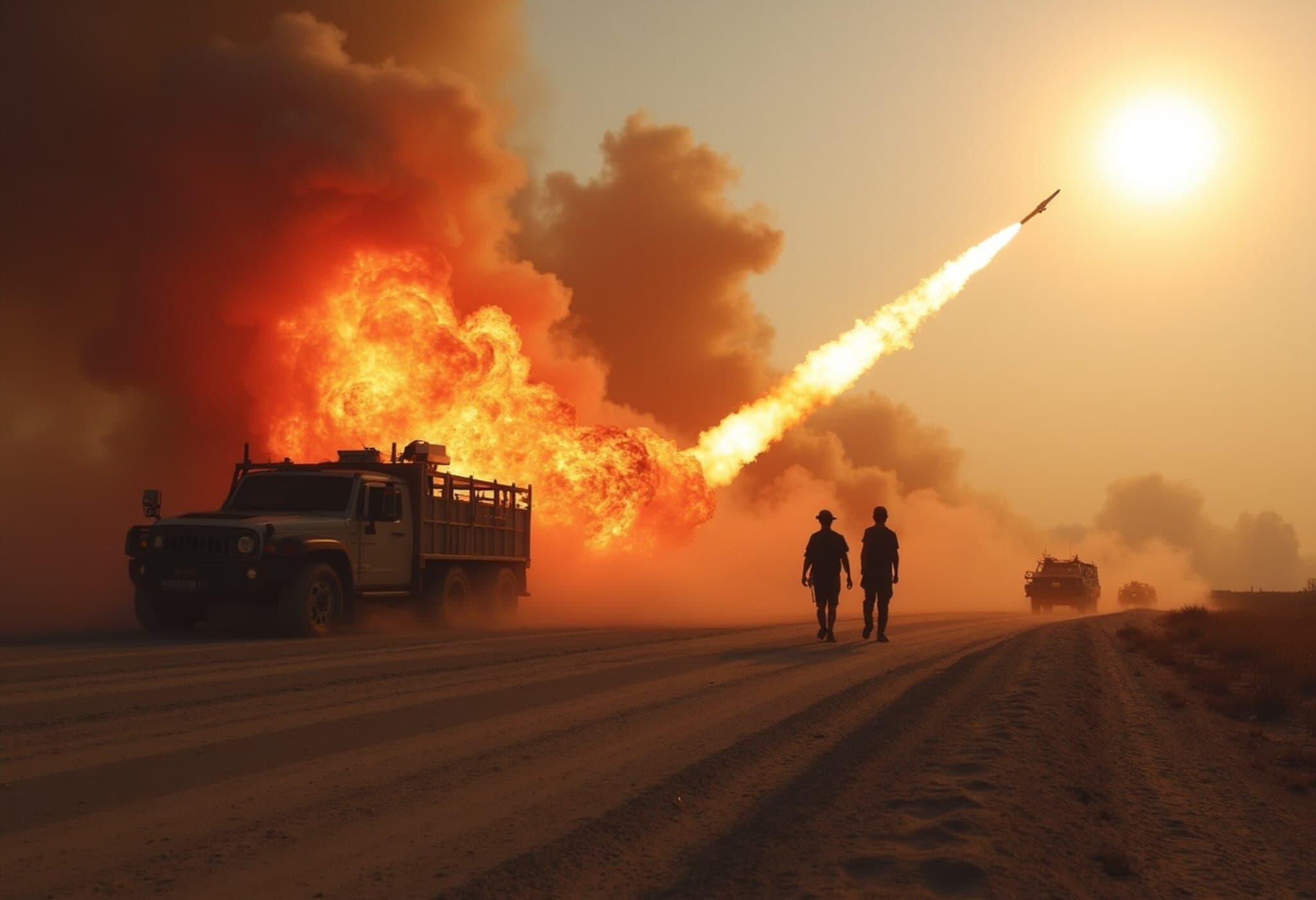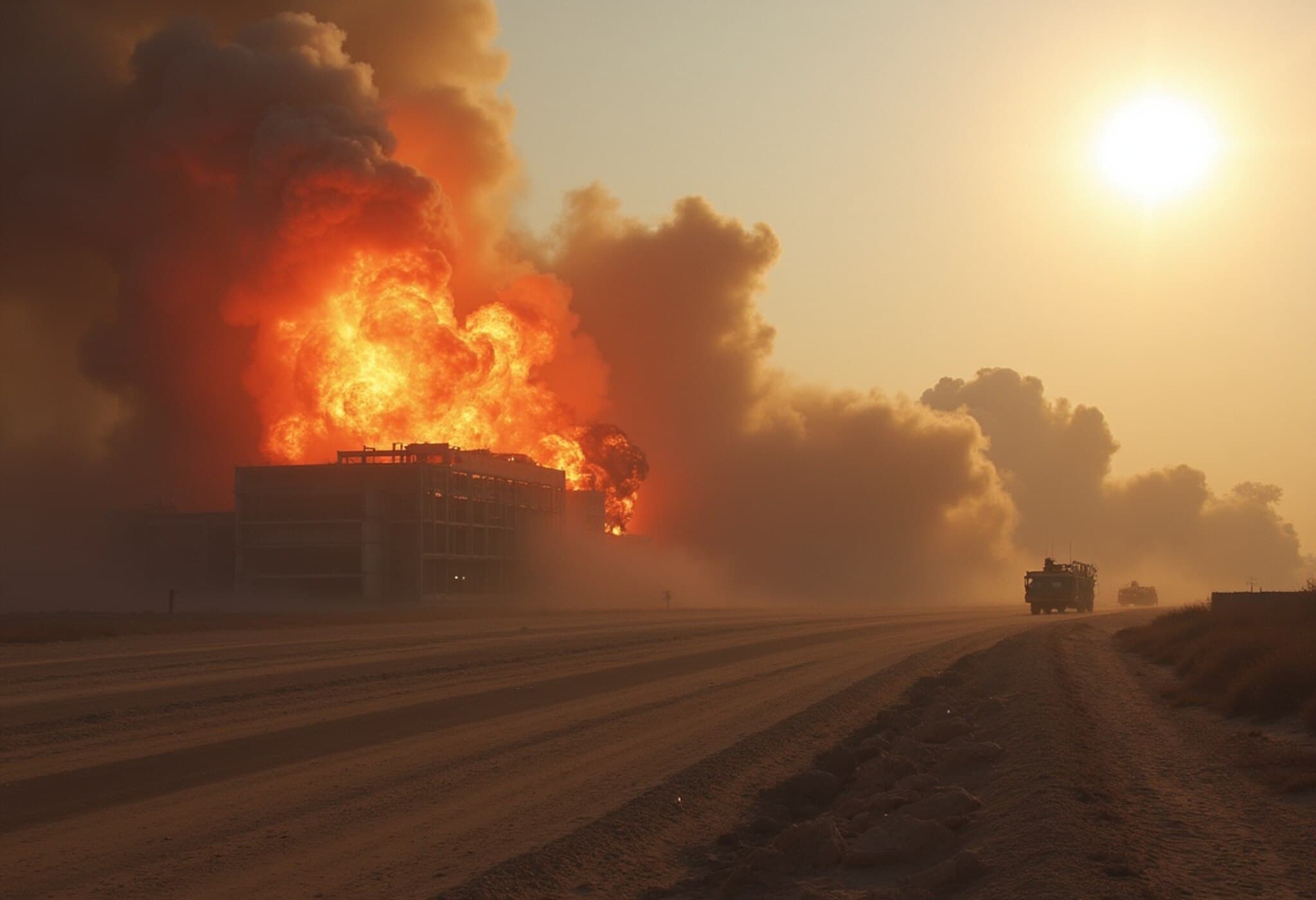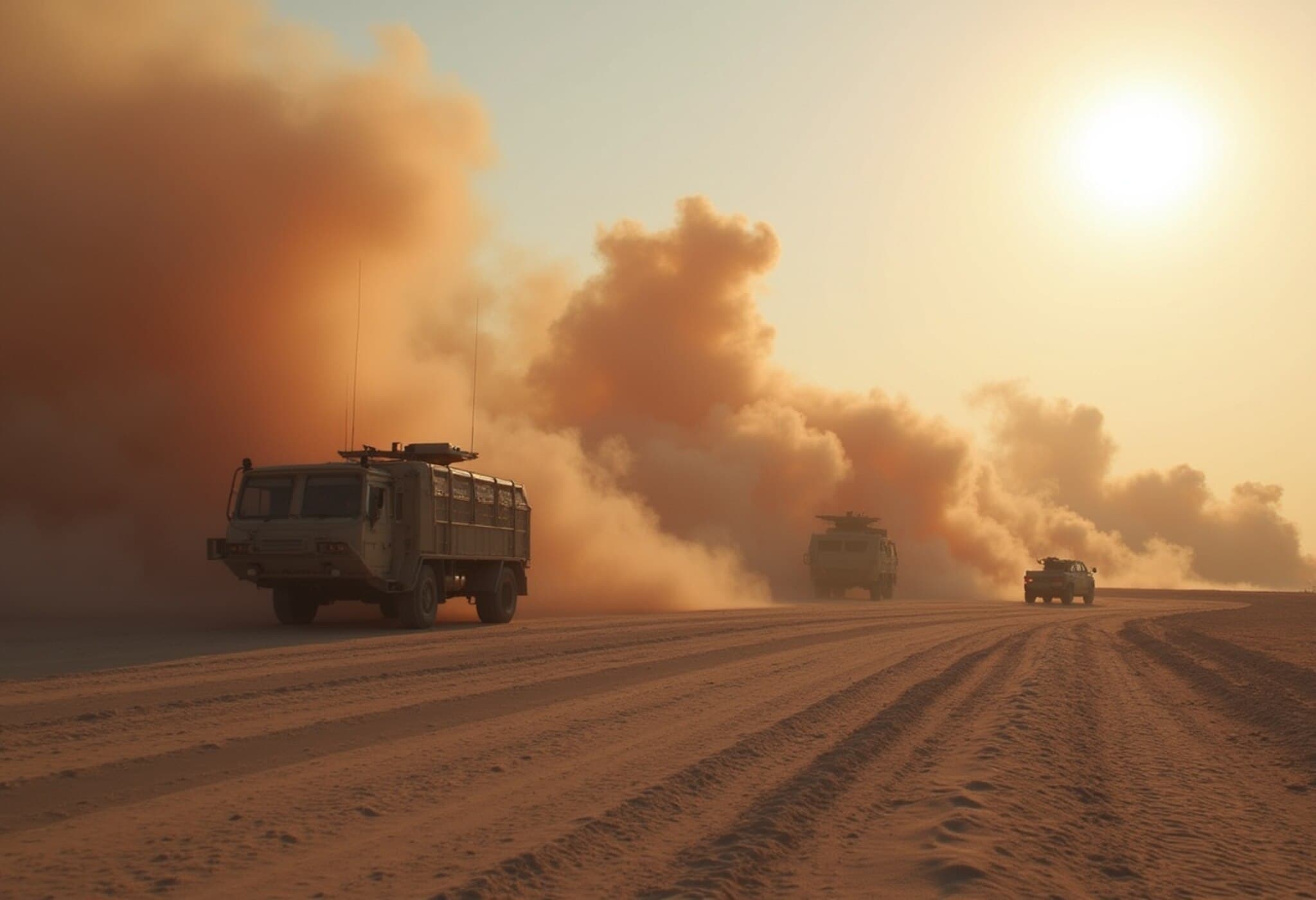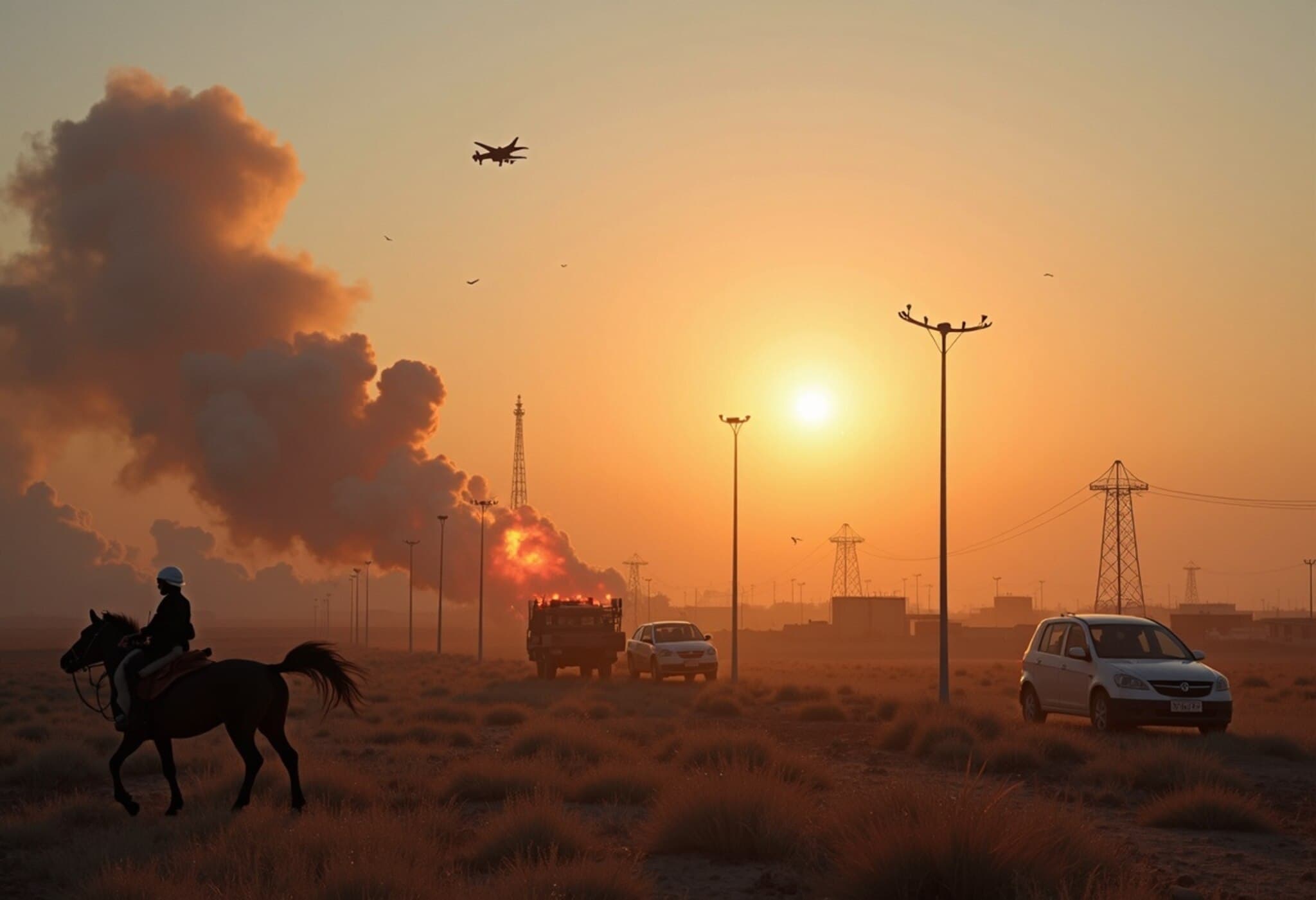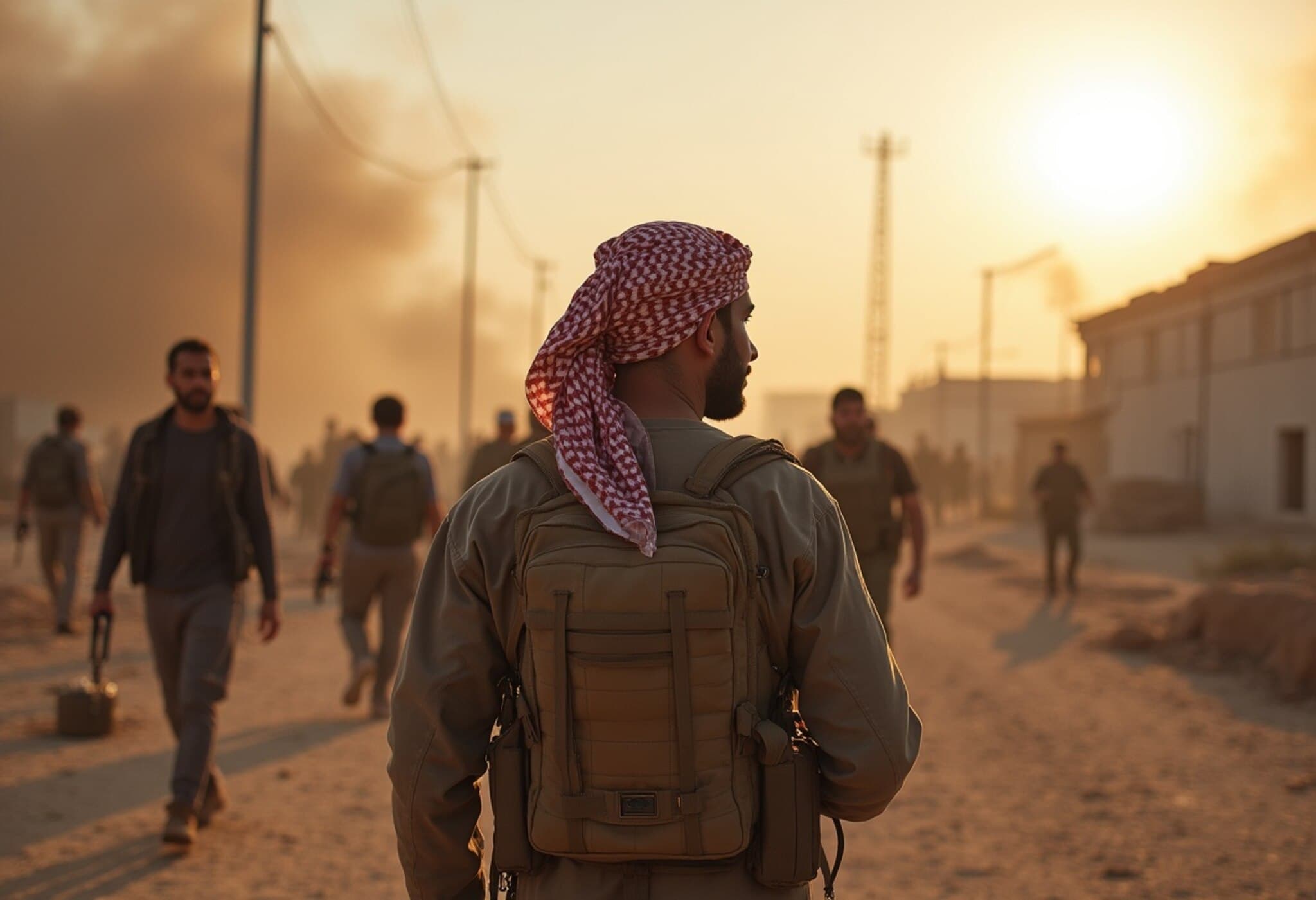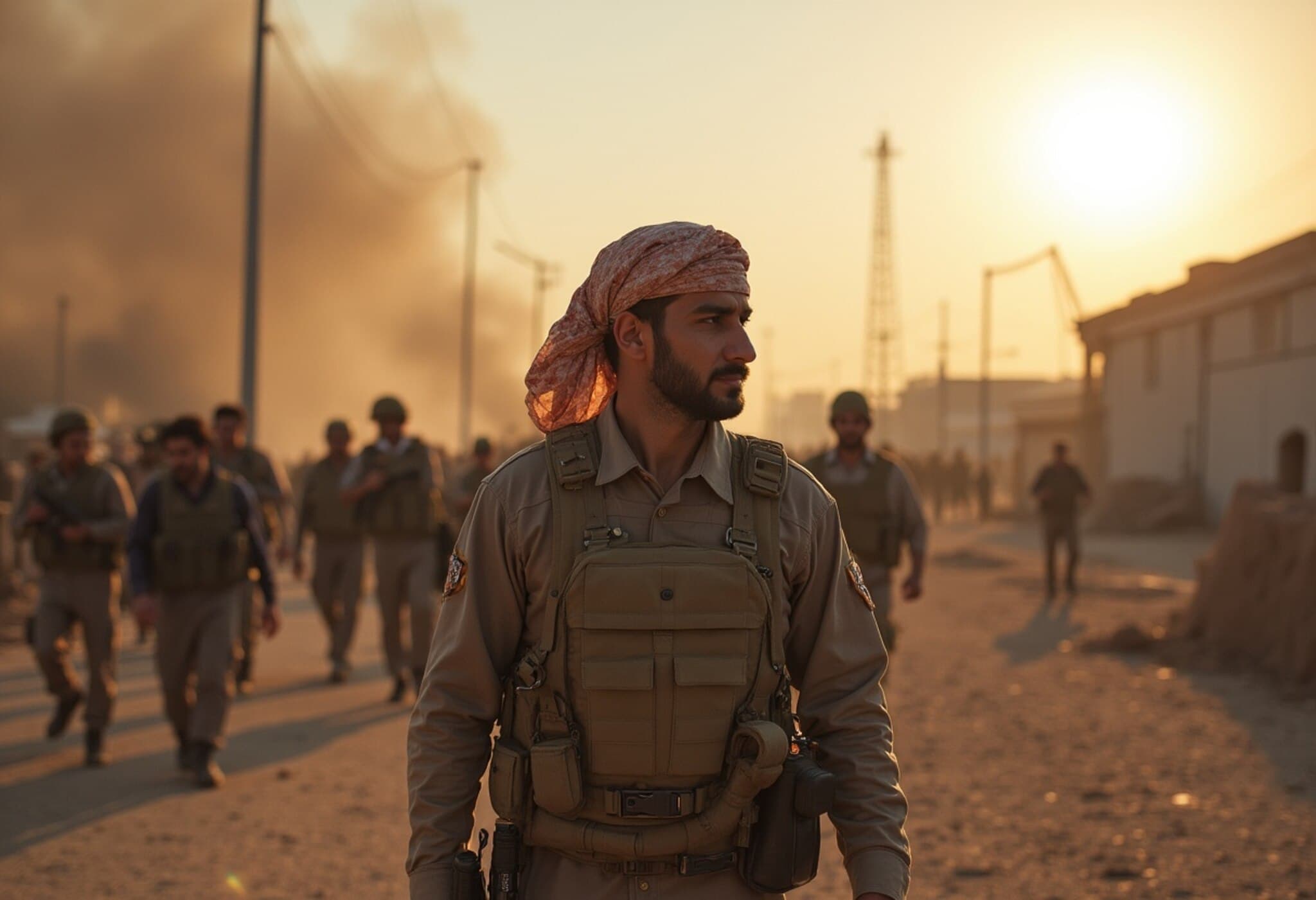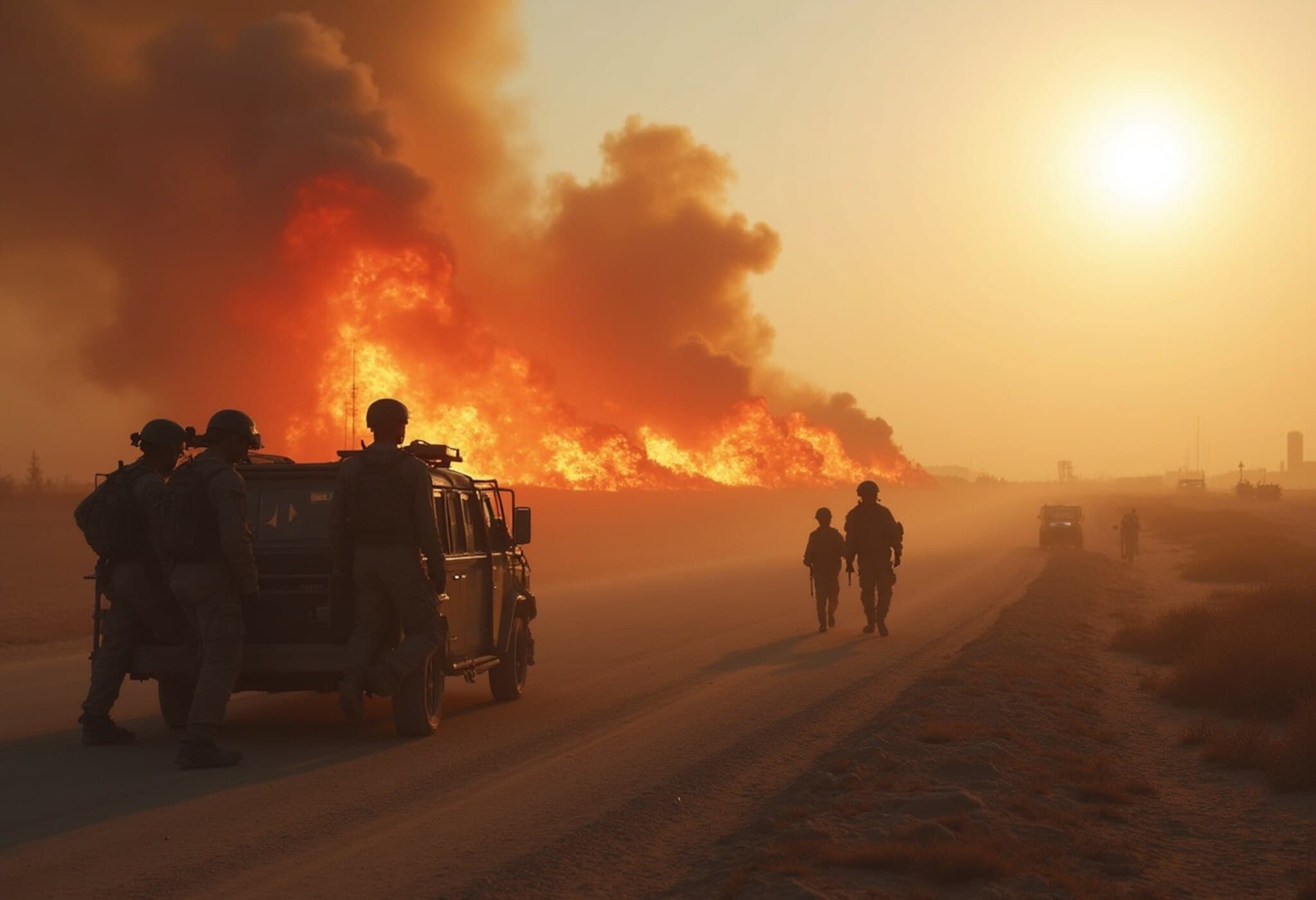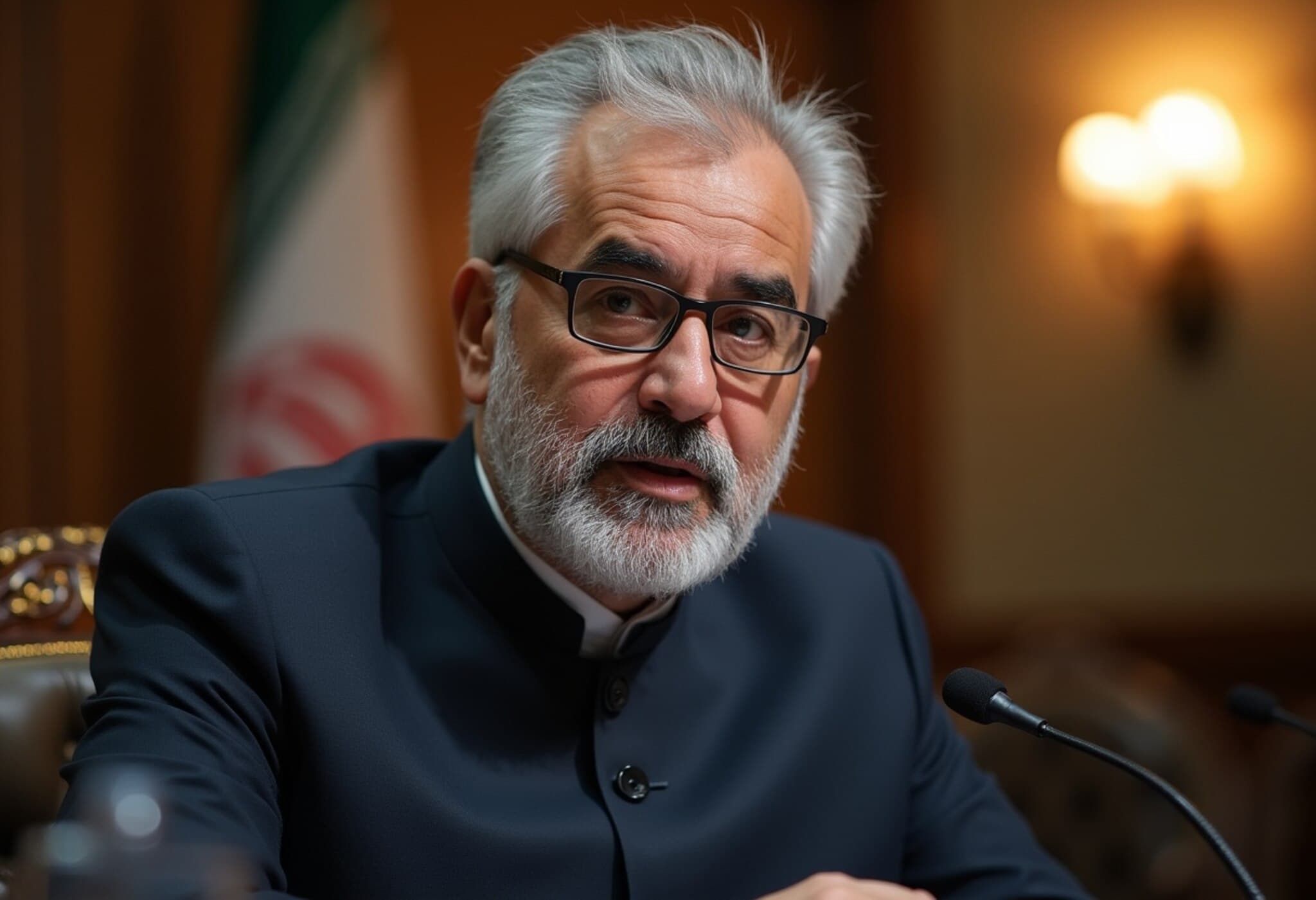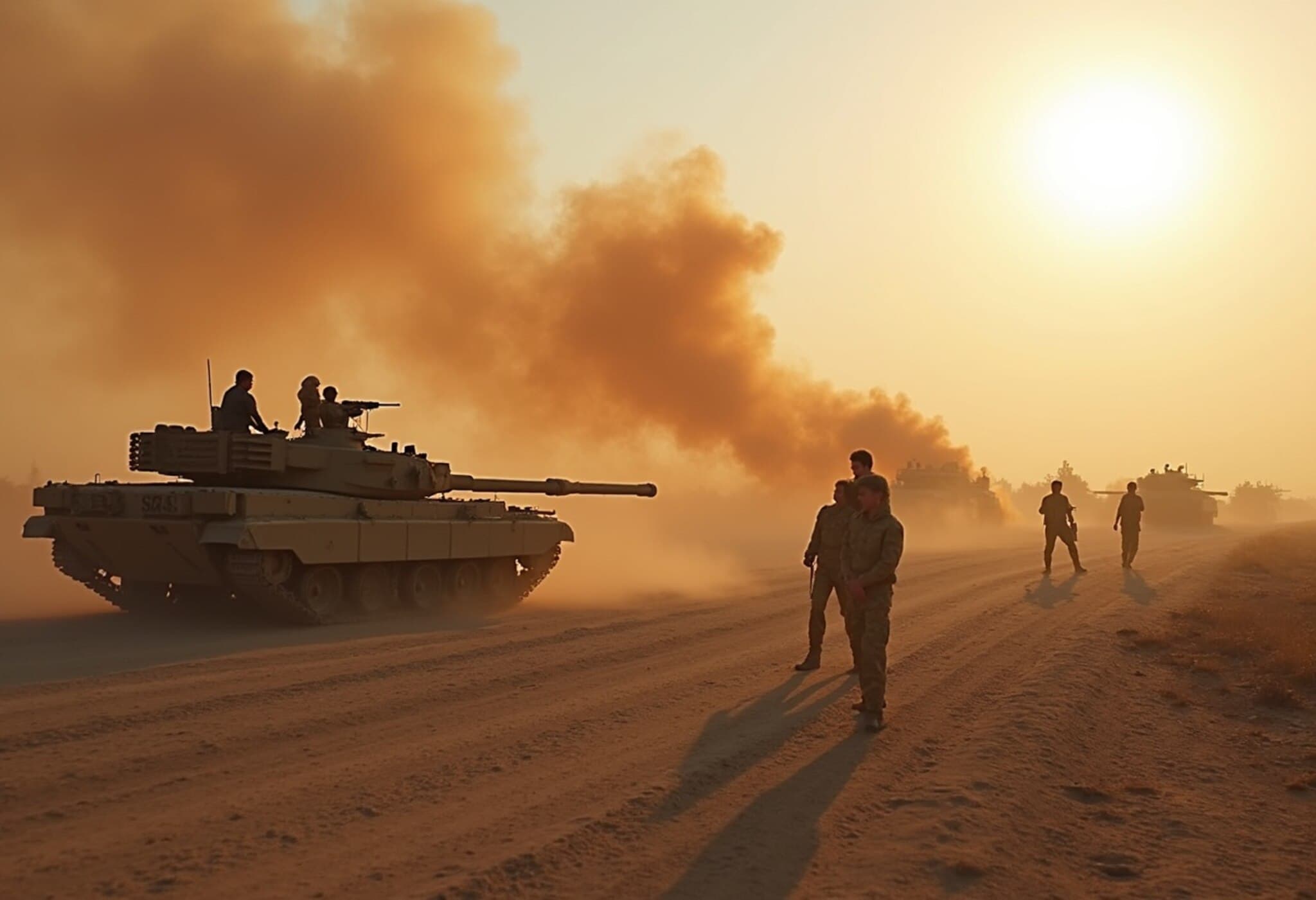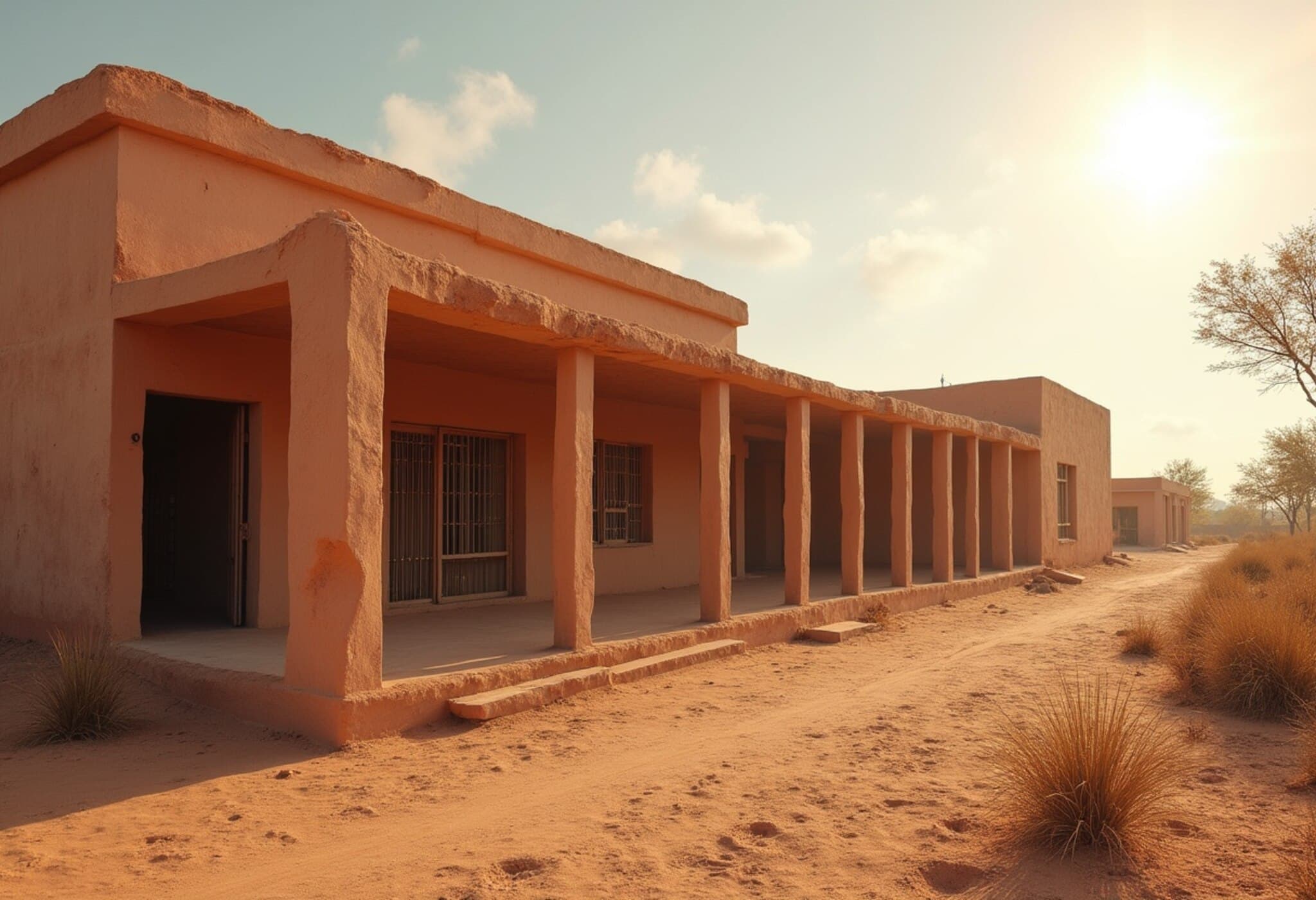Renewed Clashes in Southern Syria and Israeli Military Escalation
Violence flared up once again in the southern Syrian city of Sweida on July 16, 2025, marking the collapse of a fragile ceasefire between Syrian government forces and local Druze militias. This development signals a dangerous intensification in the ongoing conflict, adding fresh complexity to an already volatile regional landscape.
Israeli Airstrikes Near Damascus
Amid the turmoil in Sweida, the Israeli military announced targeted airstrikes against an area near the entrance of Syria's Ministry of Defense in Damascus. These strikes form part of a broader Israeli strategy aimed at disrupting Syrian government military movements, particularly targeting convoys in southern Syria. Alongside these air operations, Israel has reinforced its troop deployments along the Syrian border, which reflects its intent to take a more assertive approach in the conflict.
Contextualizing Israel's Military Actions
Israel's involvement is officially framed as a protective measure for the Druze religious minority, a group historically situated in a precarious position amid the Syrian conflict and regional politics. However, this raises provocative questions about the shifting dynamics of Israeli foreign policy and regional security doctrines—especially concerning their willingness to engage directly within Syrian territory. It also echoes Israel’s longstanding strategic objective to counter Iranian influence and allied militias consolidating power in Syria.
Syria’s Official Response and Ongoing Fighting
The Syria Defense Ministry swiftly condemned the Israeli strikes and squarely blamed the resumption of hostilities on violations of the ceasefire by Druze militias in Sweida. Syrian army forces reportedly resumed military operations inside the city following these accusations.
In an official statement, the ministry emphasized efforts to limit civilian harm: “Military forces continue to respond to the source of fire inside the city of Sweida, while adhering to rules of engagement to protect residents, prevent harm, and ensure the safe return of those who left the city back to their homes.” This statement reflects the often delicate balance Syrian forces attempt to maintain in urban warfare zones, where civilian populations are vulnerable and humanitarian concerns abound.
The Human Dimension: Druze Protests Amid Conflict
As clashes unfolded, Syrian Druze demonstrators gathered near the Israeli-Syrian border, as reported by the Associated Press. Their presence in towns like Majdal Shams in the Israeli-controlled Golan Heights highlights the tangled loyalties and fears among minority communities caught between warring powers. These protests underscore a wider humanitarian and socio-political crisis, as groups like the Druze seek security and recognition amidst the broader upheaval engulfing Syria.
Expert Insight: Regional and International Implications
The escalation raises critical questions for U.S. and international policymakers, particularly regarding the precarious ceasefire mechanisms and the growing footprint of non-state militias allied with Iran in southern Syria. For Washington, which has strategic interests in limiting Iranian expansionism, Israeli strikes serve as a proxy countermeasure but also risk drawing the broader international community into deeper conflict.
Moreover, escalating violence threatens to destabilize southern Syria further, where civil infrastructure remains fragile and displaced populations continue to face humanitarian crises. The deteriorating security situation poses significant challenges for ongoing peace efforts, reconstruction, and regional stability.
Summary: A Region on Edge
The renewed fighting in Sweida and Israeli military operations near Damascus illustrate the fragile and interconnected nature of Middle Eastern conflicts. Beyond battlefield developments, these events spotlight the enduring plight of minority communities like the Druze and the broader geopolitical chess game involving state and non-state actors.
What to Watch Next
- Will further Israeli strikes prompt robust Syrian or Iranian-backed militia retaliation?
- How might the international community respond to increased military escalation near Damascus?
- What are the prospects for renewed ceasefires amid deepened mistrust on all sides?
Amid the rising tensions in southern Syria and heightened Israeli military involvement, the situation remains fluid and fraught with risks for wider regional conflict. Coverage of these developments should focus not only on the military maneuvers but also on the human stories and the broader geopolitical stakes involved. Observers and policymakers alike must consider how minority groups, ceasefire fragility, and external interventions intersect to shape Syria’s uncertain future.

